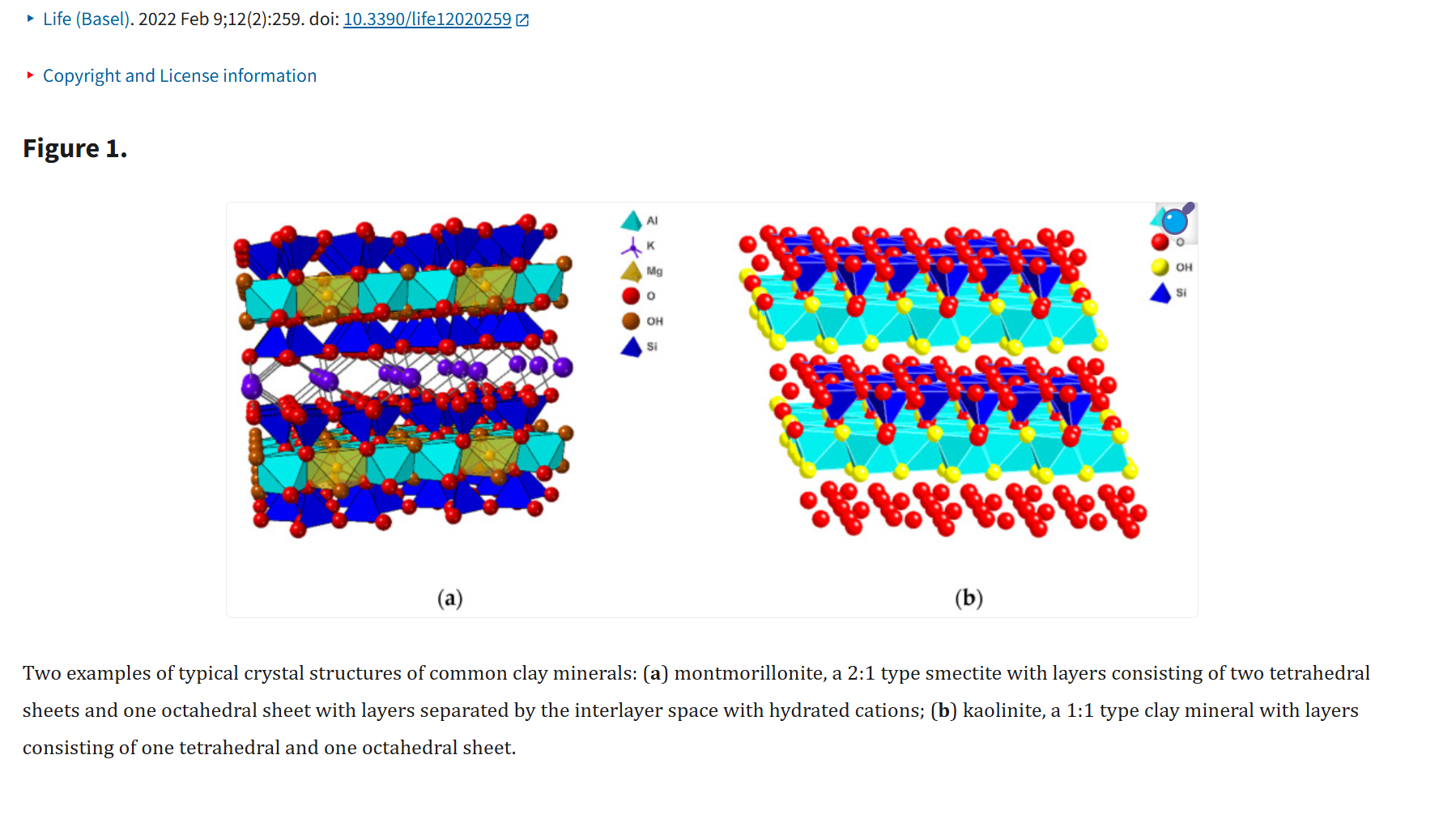SURAH AL AN’AAM (THE CATTLE): AYAT 2 (QURAN 6:2)

The origins of man – a topic that has driven theories and experiments for generations. An enigma that is still a means for debate even in today’s technologically advanced societies. Muslims believe in the divine creation of man – molded as the Quran states in multiple verses such as Surah Al An’aam (The Cattle) verse 2 – from a base of clay by the almighty in all his glory. But many can not fathom a divine creator. They must theorize and propose hypotheses on this origin. Let us investigate modern science theories on the origin of man.
It has been shown that simple organic molecules could have formed from water, methane, ammonia, and hydrogen exposed to light. In some of his writings, Charles Darwin speculated briefly about the possible conditions where life might have originated, suggesting a “warm little pond” with the right chemical ingredients and energy sources. The “soup of life” theory (also referred to commonly as the Primordial soup theory or the Oparin-Haldane hypothesis), is a leading scientific explanation for the origin of life on Earth. It proposes that life arose from non-living matter through a series of chemical reactions in the early Earth’s oceans. The Miller-Urey experiment in the 1950s provided some support for the theory by showing that amino acids could be formed from gases and energy similar to what was thought to exist on early Earth. While the exact steps from simple molecules to the first living cells are still not fully understood, ongoing research has poked many holes in this theory. One issue is that it is not clear how complex molecules could have formed and remained stable in the early Earth environment especially with the kinetic power and motion disruption of the ocean/waves.
So what substance could serve as both a stabilizer of the elements/minerals needed for life and also help catalyze the development of complex organisms? Well many different modern researchers are starting to shine a light on one particular compound – Clay.
Researchers at the Howard Hughes Medical Institute and Massachusetts General Hospital showed that the presence of clay aids naturally occurring reactions that result in the formation of fatty sacks called vesicles, similar to what scientists expect the first living cells to have looked like. Further, the clay helps RNA form. The RNA can stick to the clay and move with it into the vesicles. This provides a method for RNA’s critical genetic information to move inside a primitive cell. Harvard Medical School Professor of Genetics Jack Szostak said he and colleagues Martin Hanczyc and Shelly Fujikawa aren’t suggesting they’ve hit on the exact method by which life initially arose. Still, he said, there are exciting parallels. “It’s exciting because we know that a particular clay mineral helps with the assembly of RNA,” Szostak said. “There certainly would have been lots of environments on early Earth with clay minerals. It’s something that forms relatively easily as rocks weather.”
Cornell University biological engineer reports in the journal Scientific Reports, published by Nature Publishing noted that Clay, a seemingly infertile blend of minerals, might have been the birthplace of life on Earth or at least of the complex biochemicals that make life possible. “We propose that in early geological history clay hydrogel provided a confinement function for biomolecules and biochemical reactions,” said Dan Luo, professor of biological and environmental engineering and a member of the Kavli Institute at Cornell for Nanoscale Science. In simulated ancient seawater, clay forms a hydrogel — a mass of microscopic spaces capable of soaking up liquids like a sponge. Over billions of years, chemicals confined in those spaces could have carried out the complex reactions that formed proteins, DNA and eventually all the machinery that makes a living cell work. Clay hydrogels could have confined and protected those chemical processes until the membrane that surrounds living cells developed.
To further test the idea, the Luo group has demonstrated protein synthesis in a clay hydrogel. The researchers previously used synthetic hydrogels as a “cell-free” medium for protein production. Fill the spongy material with DNA, amino acids, the right enzymes and a few bits of cellular machinery and you can make the proteins for which the DNA encodes, just as you might in a vat of cells. To make the process useful for producing large quantities of proteins, as in drug manufacturing, you need a lot of hydrogel, so the researchers set out to find a cheaper way to make it. Postdoctoral researcher Dayong Yang noticed that clay formed a hydrogel. Why consider clay? “It’s dirt cheap,” said Luo. Better yet, it turned out unexpectedly that using clay enhanced protein production. But then it occurred to the researchers that what they had discovered might answer a long-standing question about how biomolecules evolved.
There is also a theory that the building blocks of life came upon the planet from celestial objects (such as meteorites). Well even in this theory – Clay minerals have been observed on all of these celestial objects, as well as on Earth and Mars. Some meteorites are made of clay and are called carbonaceous chondrites. So the Clay is still a central part of these theories.
In a very interesting 2022 article by Kloprogge et al – a now commonly echoed theory to explain the origin of life by modern science – is centered around the interaction of active sites on clay mineral surfaces with simple organic molecules. This idea was first introduced by Cairns-Smith in 1966. He proposed that during the formation of a crystal of a mineral, particular types of lattice defects (e.g., dislocations) usually replicate as a necessary part of the crystallization process. Since those imperfections seem to replicate themselves, they are thus self-selecting, so any crystallization process is likely to involve a rudimentary biological evolution. In 1975, Hartman used this idea to suggest that metabolism could have developed from a simple environment instead of a complex one. There was no mention of metabolism in the 1966 paper by Cairns-Smith. Clays are able to replicate and drive the evolution of metabolism; they have the catalytic ability to synthesize monomers (amino acids, nucleotides, etc.) and polymerize them, resulting in RNA–peptide worlds in which RNA replicates (genes) and, in cooperation with coded peptides, drives the evolution of the cell. There is a large variety of clay minerals, but from the perspective of this paper, the group of smectites is the most important (Figure 1 below).
This group consists of clay minerals with a layer structure, where each layer contains a central octahedral sheet located in between two tetrahedral sheets. In the tetrahedral sheets, Si4+ is the most important element, but substitution by Al3+ and, to a lesser extent, Fe3+ creates a negative charge. The composition of the octahedral sheet is much more varied with cation (e.g., Mg2+, Fe2+, Fe3+, Al3+, and Li+) vacancies, and depending on the composition, it can add an additional negative charge to the layer or partially compensate for the negative charge of the tetrahedral sheets. Since the layers have an overall net negative charge, they are separated by the interlayer space, where hydrated interlayer cations, such as Na+, K+, and Ca2+, compensate for the negative layer charge. As a result, these smectites have a number of important properties that are of interest for developing the theory on the origin of life, such as cation-exchange capacity, swellability, presence of acid sides, etc.

Individuals with intellect and reason (although many so-called scientists lack both) know that there is a creator who fashioned and molded this complex universe and specifically man with an intricacy that is impossible to replicate (or explain by random happenstance). It is very interesting to now see modern science shining a light on the simple compound referred to as Clay being the intricate “backbone” in the development of complex organic cellular matter. But we know that the Quran over a millennia ago highlighted Clay and concomitantly connected it with the creation of man by the Lord of the Worlds.
In Surah Fussilat (Quran 41:53) – Allah (swt) says: We will show them Our signs in the universe and within themselves until it becomes clear to them that this ˹Quran˺ is the truth. Is it not enough that your Lord is a Witness over all things?

